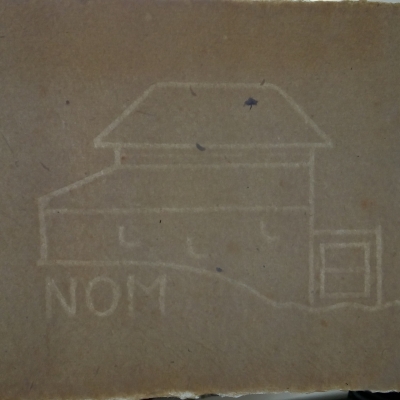This week Mildred brought in a number of objects for me to look at, which are interesting examples of the huge variety of different types of mill in existence.

One of my personal favourites was a collection of marbles made only with the power of water, which come from a watermill in Germany. Mildred explained to me how they work: chunks of marble are placed between two stones driven by a waterwheel. The marble chunks roll around between the turning stones, and are smoothed out into perfectly round marbles. This mill is one of the oldest businesses in Germany: it has been operating since 1683 and is the last of its kind.
Speaking of such rare mills, one of the gems included a sketch of the last working paint mill. Before the days of mass-produced chemical paints, natural pigments would be ground at mills. For example, one of the most expensive paints of the medieval era was a vivid blue made from ground Lapis Lazuli which was only mined in Afghanistan!

I have faint memories of visiting a paper mill on a family holiday so I was keen to learn more about the process. Mildred kindly brought in some traditionally-made paper with the watermark of the mill it was produced in. In their heyday, paper mills relied on off-cuts of old clothes and other rags to provide the raw material of paper. Women called ‘rag girls’ were paid a pittance to sort the rags before they were crushed into pulp and dried to make paper.
If there is an industry, the chances are that at some point mills have been used to power it. I can’t help but think that in these days of increasing pollution and climate change, mills provide a ready example of how we can harness the natural power of wind and water without harming the environment.
